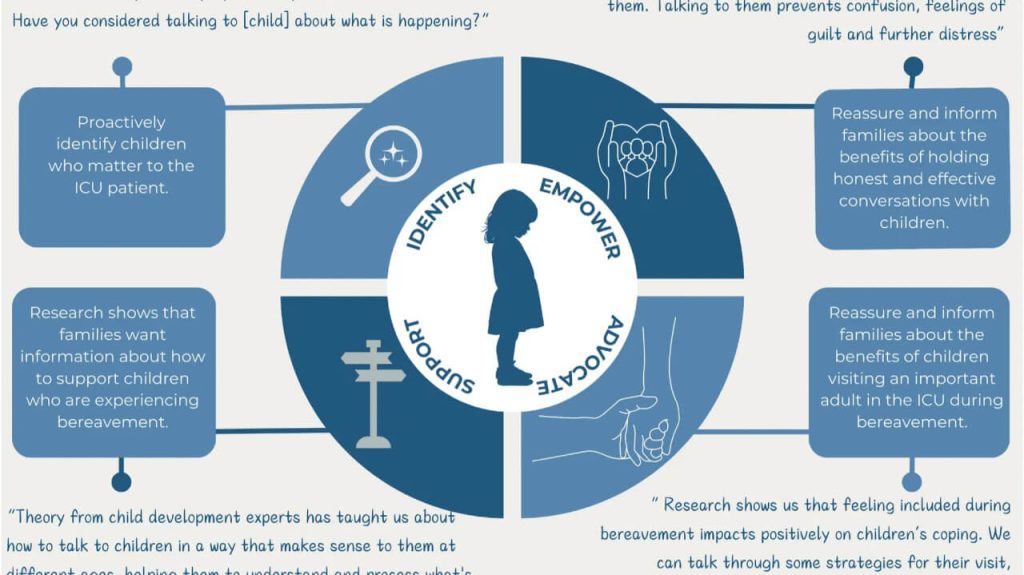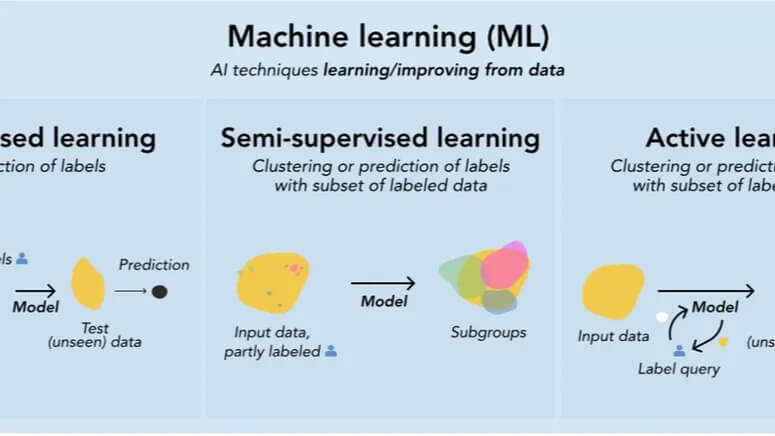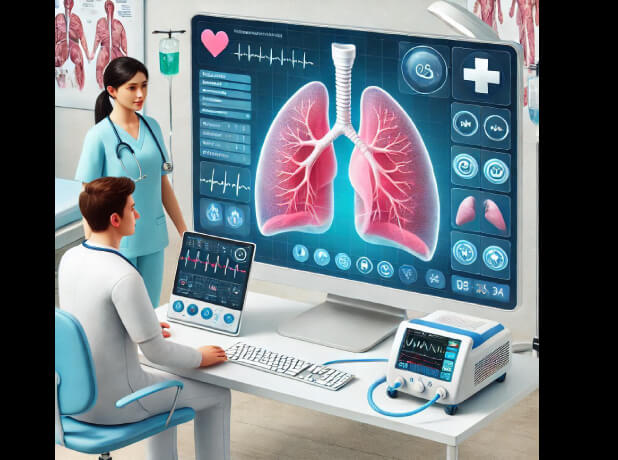Supporting the bereaved child in the adult ICU: a narrative review
Abstract Childhood bereavement is a significant issue globally, affecting millions of children each year, with incidence rates significantly increasing following the COVID-19 pandemic. The loss of an important adult, particularly in the ICU environment, can lead to lasting psychological and behavioural challenges for children. While family-centred practices in the ICU have advanced, the unique bereavement […]
Supporting the bereaved child in the adult ICU: a narrative review Read Post »









